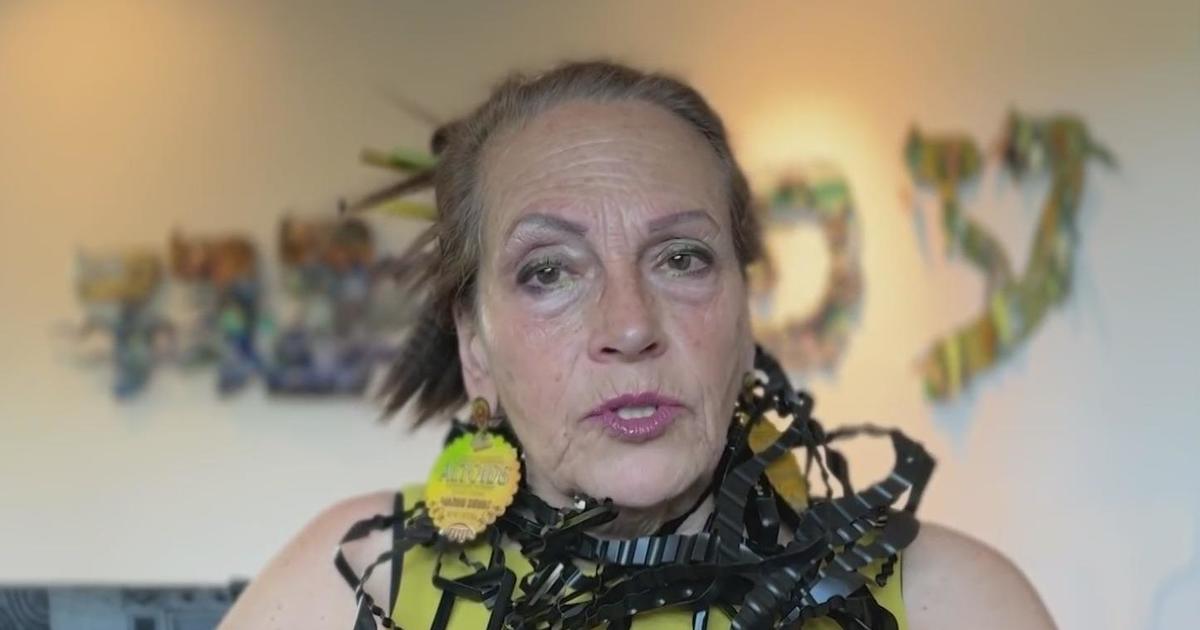Brilliant Butterfly Spotted In Deep Space Nebula Photo
(CBS NEWS) -- Looking like a butterfly unfolding its wings, this image taken by the NASA/ESA Hubble Space Telescope shows the Twin Jet Nebula and its knots of expanding gas in amazing detail.
Viewers can see iridescent lobes of material stretching outwards from the central star system. Within these lobes, two huge jets of gas are streaming from the star system at speeds in excess of 620,000 miles an hour.
The nebula, also called PN M2-9, is not new to science. It was discovered by Rudolph Minkowski in 1947, hence the M in the name. The PN, meanwhile, refers to the fact that M2-9 is a planetary nebula.
The glowing and expanding shells of gas represent the final stages of life for an old star of low to intermediate mass. The star has not only ejected its outer layers, but the exposed remnant core is now illuminating these layers, resulting in a rainbow of colors like this one.
Unlike ordinary planetary nebulae that have one star, the Twin Jet Nebula is a bipolar nebula, meaning it has two stars. Astronomers have found that the two stars in this pair each have around the same mass as the Sun, ranging from 0.6 to 1.0 solar masses for the smaller star, and from 1.0 to 1.4 solar masses for its larger companion.
The motion of the two central stars around each other most likely causes the butterfly-like wings. It is believed that a white dwarf orbits its partner star and thus the ejected gas from the dying star is pulled into two lobes rather than expanding as a uniform sphere. The nebula's wings are still growing and, by measuring their expansion, astronomers have calculated that the nebula was created only 1,200 years ago.
If you look close, you can spot two blue patches that represent violent, twin jets streaming out into space.



